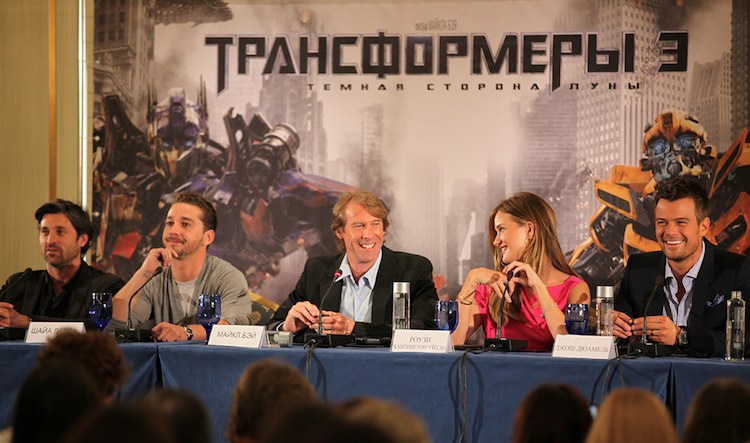
By Jason Apuzzo. • Libertas is about to break some major news regarding one very big, forthcoming movie related to the history of the Cold War, so stay tuned …
• .. although of course, the biggest Cold War-related news of late is the whopping debut of Transformers: Dark of the Moon, a film steeped in the lore and romance of the U.S.-Russia space race (see my review of the film here). Dark of the Moon had its huge, worldwide premiere just over two weeks ago in Moscow, and as of the writing of this post is already approaching the $500 million mark at the worldwide box office.
I’m liking this film even more as I ruminate over it – and over the entire Transformers series, which snuck up on me unexpectedly, in so far as I only ever saw the first two films on DVD. Some of you might ask, is it possible – or even healthy – to ‘ruminate’ on a Michael Bay film about giant toy robots? I’d say ‘hell yes’ it is, when the films are as well-crafted, warm and human as these are – not to mention freedom-loving. And although Dark of the Moon to some extent surrenders to its (admittedly fantastic) technology in the third act, it only feels that way because – once again – Bay does such a nice job setting up his characters in the film’s early sequences. This is the aspect of Bay’s work that is so consistently underestimated by critics: his ability to create sympathetic characters, who bring a human dimension to the mayhem that otherwise transpires in his films. Believe me, f this were an easy thing to do, more directors would do it.
Incidentally, it looks like Bay may actually complete the trifecta here. Both previous Transformers films were the top grossing films in their year (in part due to Avatar straddling 2009-10), and it looks like Dark of the Moon may complete the hat trick. I don’t think anybody’s done anything like this since the Lucas-Spielberg heyday. Dark of the Moon is also is tracking young, which has suddenly – and mysteriously – become Hollywood’s big problem this summer; plus, the film is also blowing up all of those silly, premature burials of 3D – most of which were based on bad 3D conversions.
In related news, Michael Bay talks-up the native 3D aspect of the film to The New York Times, Rosie Huntington-Whiteley talks about working with Bay, and Shia LaBeouf does this extremely colorful interview with Details. He apparently landed both Megan Fox and Isabel Lucas while making these films. That’s heroic. They’re not paying this kid enough. Continue reading Cold War Update: Michael Bay Rules the Summer, 007 Marries, Plus New Trailers for The Iron Lady, 5 Days of War & More!

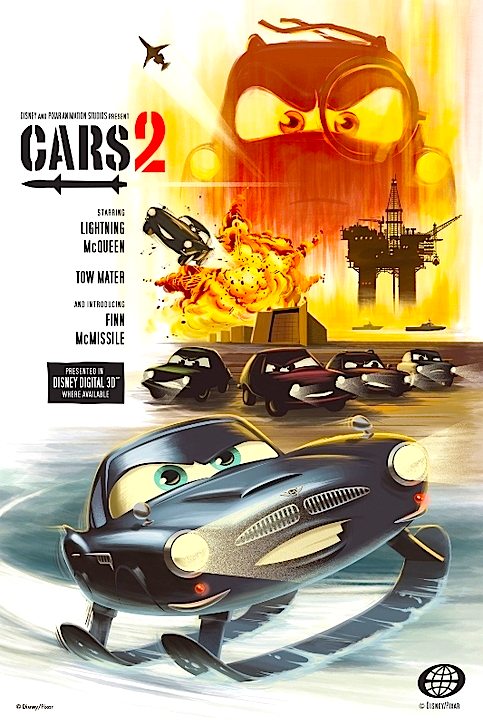
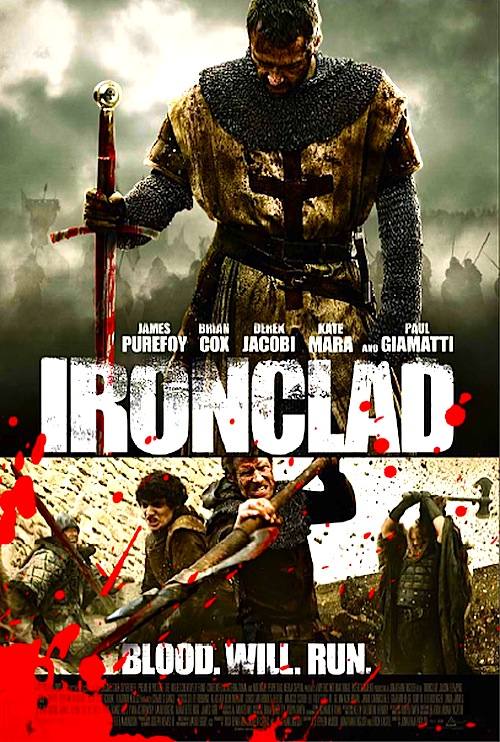
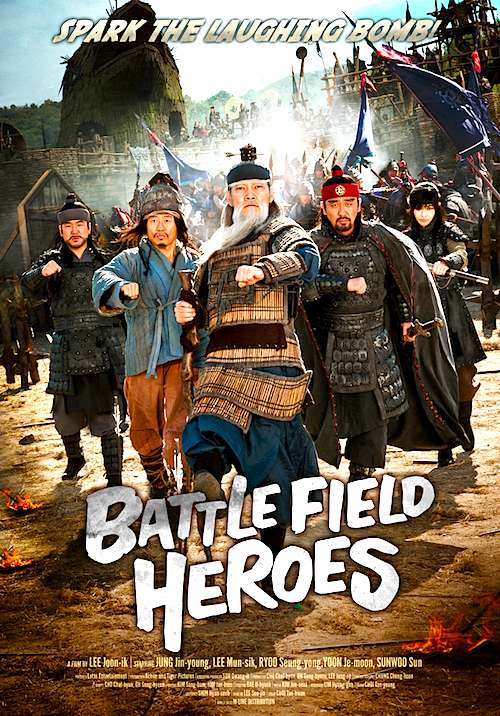
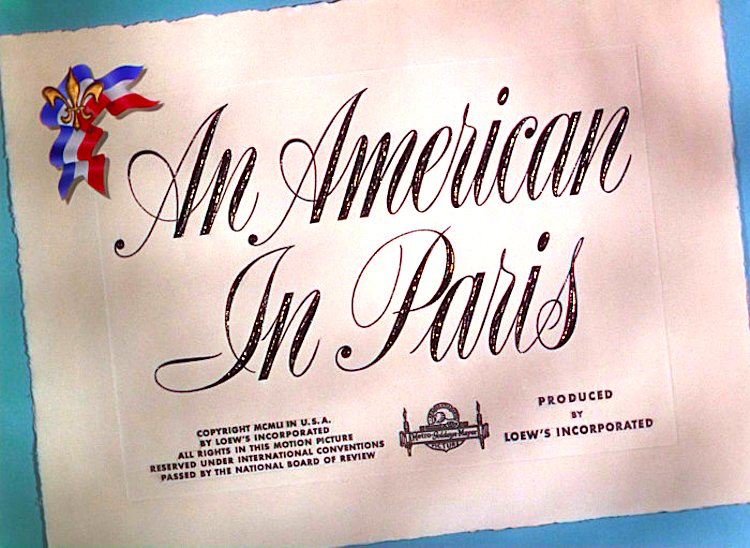


 Of course, some months I’m just not interested in the chosen one.
Of course, some months I’m just not interested in the chosen one.